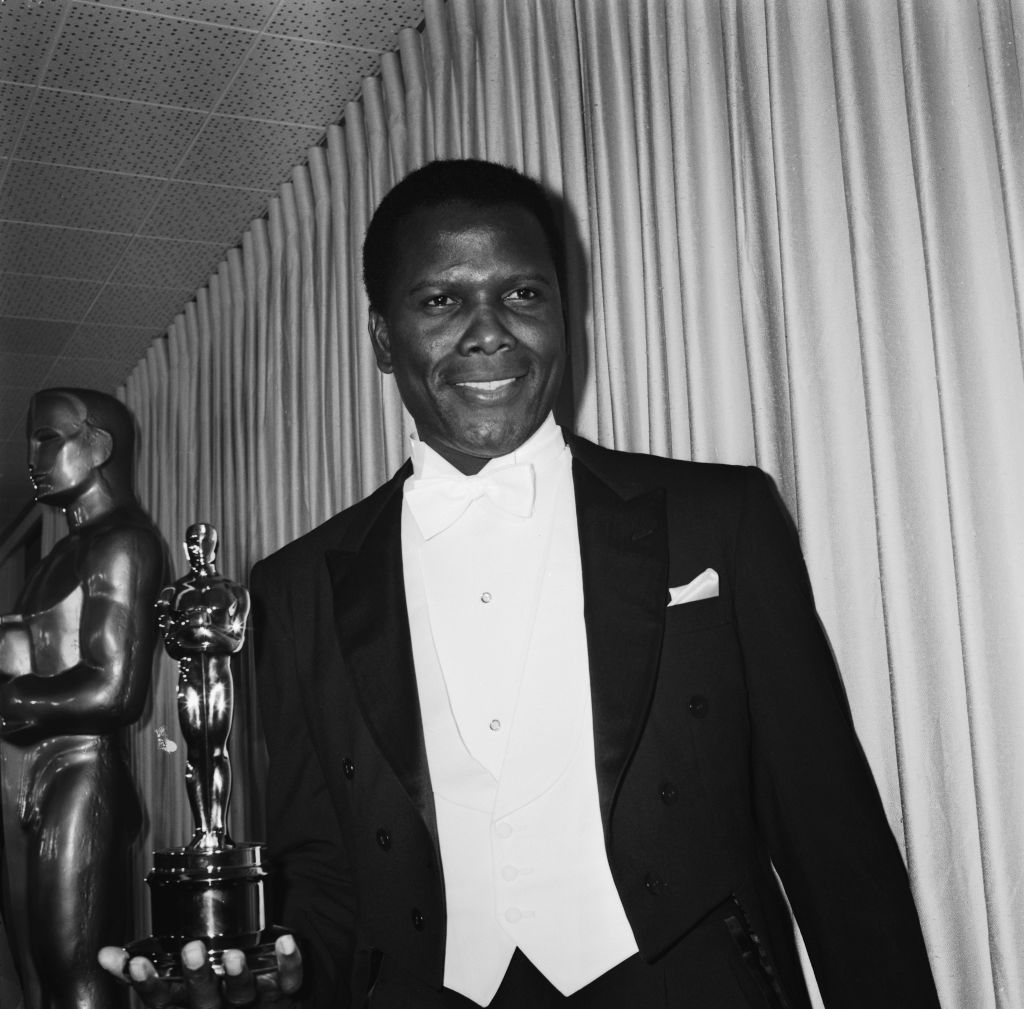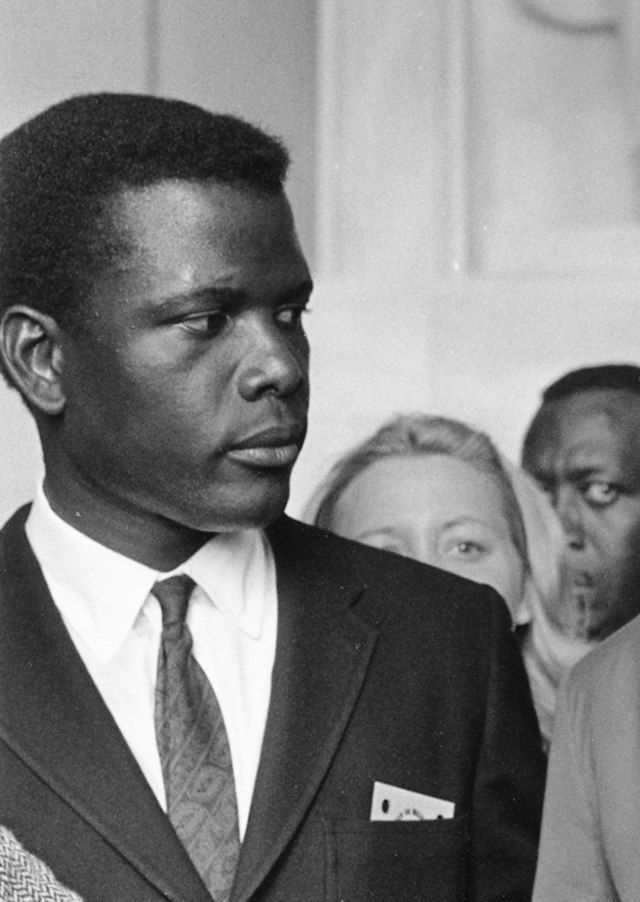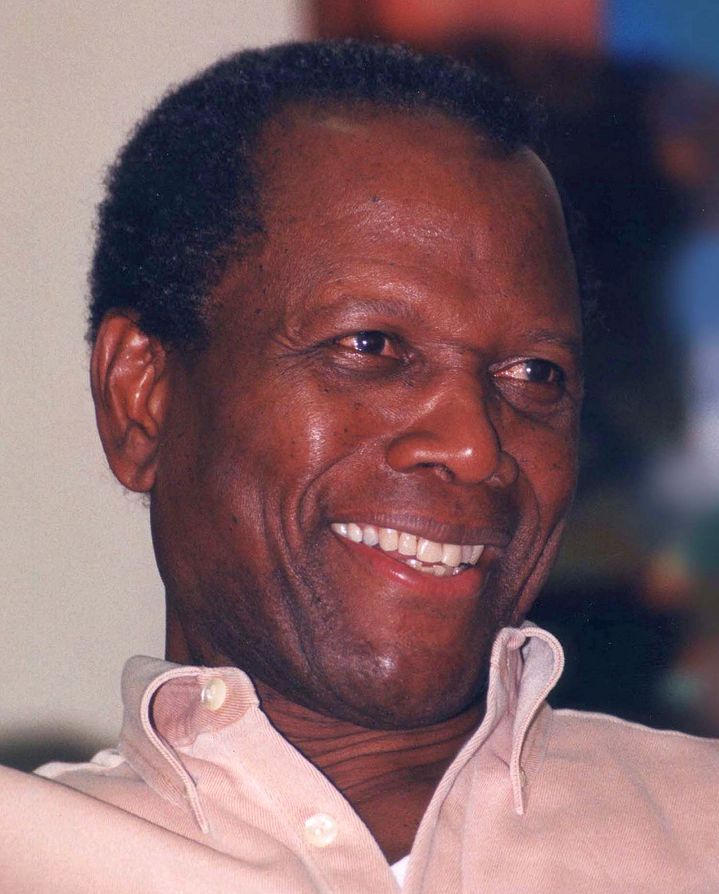Why Sidney Poitier's legacy in film and activism must be remembered by today's generation and the next
Sidney Poitier was a powerhouse in the American film industry in the 50s. He blazed the trail for many African-American actors by earning accolade after accolade and eventually becoming an esteemed actor of his generation. Poitier also worked behind the camera as a director and producer, completely shattering the colour barrier in the film industry.
See also: John Arcilla on His Road to the Volpi Cup—'acting and expressing do not have boundaries'
His secret to performing, as it turns out, was his accurate portrayal of emotion in film which stems from his experiences. "[Embarrassment], fear, shame, anger, hostility, every conceivable emotion—we've all danced with many times in our lives, none of us have experienced anything exclusive in that regard. For actors, that's the storehouse you go to," he explains in a video by the American Film Institute.
Poitier's best films were Something of Value in 1957 (wherein he became the first black actor to win the first international film award), The Defiant Ones in 1958 (which first earned him a Best Actor nomination), Lillies of the Field in 1963, and To Sir, with Love in 1967 among many others.







